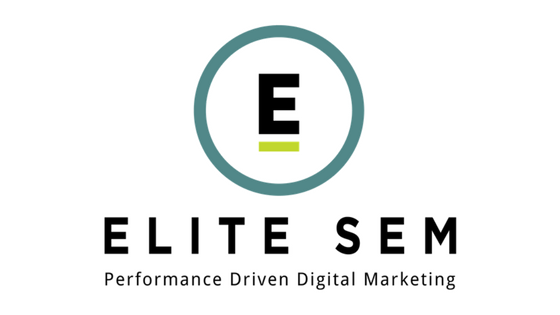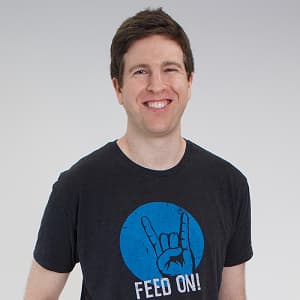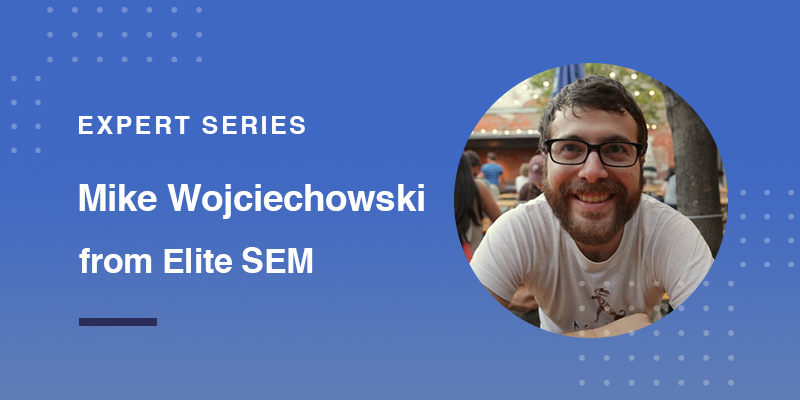Mike Wojciechowski is an Associate Director of the Shopping & Feed division at Elite SEM. Elite SEM is an award-winning digital marketing agency. Founded on search, focused on holistic performance-driven digital marketing, Elite expertise spans Paid Search, SEO, Shopping & Feed, Display Advertising, Paid Social, and Conversion Rate Optimization (CRO). Boasting unprecedented 97% employee and 94% client retention rates, Elite’s commitment to people and performance has cemented their position as one of the top digital marketing agencies in North America.
What major changes have you seen across the eCommerce digital marketing landscape in the past 5 years?
- Amazon has changed the way we transact. We expect the quickest shipping, the lowest prices, and helpful customer reviews when we buy stuff.
- Mobile checkout has improved drastically but still remains a focal point as user behavior has shifted to phones.
- The ability to target and bid on audiences has democratized the ad auction in a significant way—allowing smaller and niche retailers to compete with larger competitors since they can now spend less to engage with customers who’ve specifically interacted with their brand. A retailer doesn’t have to spend $5 per click to show an ad to all the people searching “women’s jackets.” They can choose to only compete on that term for a smaller, more qualified audience in a certain city on a certain device in a way that aligns with their business goals.
- This is a pretty typical example of how the digital marketing landscape has become infinitely larger and extremely fragmented! Gone are the days where you can expect to see the same ad at the top of the page 99% of the time regardless of who you are, what device you’re on, etc.
What is your advice to brands who are interested in advertising on Amazon?
Understand the differences between Google and Amazon. Google’s auction is largely driven by 1) who’s willing to pay the most to win their desired spot and 2) a boost given to ads with higher relevancy/clickthrough rates.
While Google makes money from clicks and rewards high clickthrough rates, Amazon makes money from orders and rewards high conversion rates.

Getting to the Buy Box is a prerequisite for even getting Sponsored Product ads to show up on Amazon. You can build out ads for thousands of keywords. If your products are not winning the Buy Box, your ads won’t show. If you don’t have a strategy for products on the cusp of winning the Buy Box or if you can’t identify those products, growth will be difficult.
Successful Amazon programs require a strong feed technology partner like Feedonomics to clean and optimize product data while streamlining order fulfillment so you can keep order defect rates as low as possible.
Work with an agency who will develop an insane amount of knowledge about your products— specifically in terms of what Amazon cares about. You need a partner that will do the dirty work of learning your product catalog inside and out to act on the levers that will grow your Amazon business.
What are some of the best strategies for Google Shopping custom labels?
Be creative! Margin tiers, inventory levels and seasonality labels are a few of the attributes our team has utilized to grow revenue for our clients.
What is the book you’ve gifted the most times?
I’m a lifelong student of literature. So I’ve always been more into creative fiction/nonfiction and less into “business books.” I think an appreciation for great storytelling and art translates pretty easily to digital marketing. Technology evolves; business goals change. The ability to communicate your thoughts clearly and authentically while turning big numbers into meaningful stories is a skill that endures.
Joan Didion’s Slouching Towards Bethlehem is the book I gift most. It’s a sprawling collection of essays about the 60’s and 70’s. I think the essays still hold up well as a lens into the world around us. She writes beautiful sentences that shapeshift large abstract grandiose subjects into small revealing personal narratives.
What is the best purchase under $100 you’ve made?
I don’t buy much stuff besides food and drinks and musical instruments. So this one is difficult! I donate every month to a handful of cool organizations. GirlForward is a really awesome Chicago/Austin non-profit that gives support, mentorship and all kinds of opportunities to refugee teen girls. Give them your money. ❤️
Where do you see the digital marketing landscape for eCommerce in the next few years?
Feed-based marketing is not going to get less competitive. Google Shopping already accounts for 75% of non-branded retail spend on average. Google will become more like Amazon and marketers will have to gain a deeper understanding of things like fulfillment workflows and product mix optimization strategies to really think through where their products should and shouldn’t be advertised (and why). Amazon will become more like Google and it will be harder to survive on there without paying additional costs for advertising and executing on the type of granular segmentation that’s used now to succeed on Google. I find voice search a little strange but it seems like it’s here to stay. “Buy online, pickup in store” will be a strategy mentioned in endless thinkpieces about businesses bucking the trend of brick and mortar closings. Personalization will continue to be a big focal point for retailers. There will be more and more negotiations between customers giving companies their data and companies facilitating user consent for how that data gets used or shared.


Brian Roizen is the Cofounder and Chief Architect of Feedonomics, a full-service feed optimization platform that optimizes product data for hundreds of channels. He has been featured on numerous podcasts and eCommerce webinars, and regularly contributes to Search Engine Land and other industry-leading blogs. Brian graduated summa cum laude from UCLA with both a Bachelor’s and Master’s degree in Mechanical Engineering.




